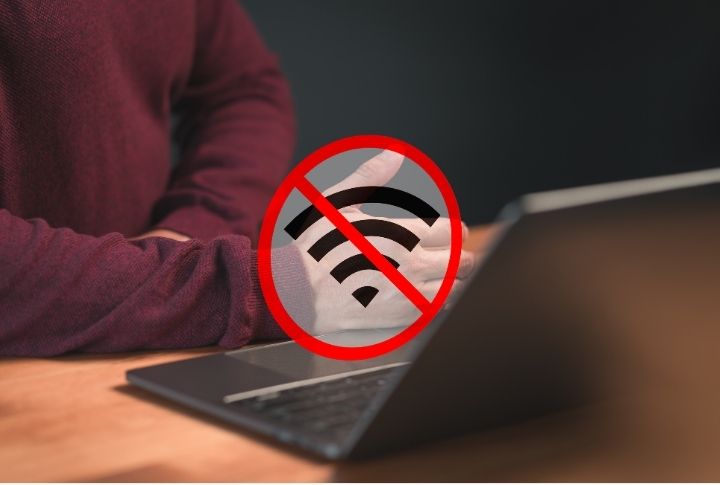
Struggling with slow Wi-Fi can be incredibly frustrating, especially when streaming, working, or playing online. Fortunately, there’s a simple solution right in your kitchen drawer. Placing a piece of aluminum foil behind your router can significantly enhance your internet’s range, stability, and quality and turn connectivity woes into smooth digital experiences with minimal effort. Find out the whys and hows of it and read till the end to learn how to set it up.
Signal Strength Support

A piece of metal foil can reflect your modem’s access points towards your living space, effectively amplifying the area it covers. Redirecting the signal can help in houses where the hub’s original position is far from the primary usage areas, guaranteeing stronger connections where needed most.
Reducing Dead Zones

Silver foil can reduce dead zones in your house by reflecting signals into remote regions. Whether it’s your basement or the attic, well-placed foil can make all the difference. Enhancing reception in traditionally poor coverage areas can bring connectivity to previously unusable spaces.
Minimizing Interference

The aluminum foil is a shield, keeping out competing signals from devices like cordless phones or neighboring Wi-Fi networks. Reduced disruption can lead to faster web accessibility, and an isolated signal environment augments your link’s purity, allowing smoother web activities.
Upgrading Network Quality

Fewer obstructions from other electronic signals allow your Wi-Fi to operate with improved stability. Less buffering during your favorite shows and consistent connection speeds become the norm. Enhanced reliability is critical for activities requiring a steady connection, such as video calls or web-based gaming.
Superior Web Functionality

With more substantial receptions, online gaming, video streaming, and teleconferencing can become reliable and enjoyable thanks to reduced lag and interruption. Dependable connections are essential for ensuring productivity and leisure engagements are uninterrupted by transmission issues.
Targeted Signal Direction

Strategically placing foil can focus your Wi-Fi signals where you need them most. For example, pointing more signals towards your in-house office can significantly improve your work-from-home experience. This directionality can be particularly beneficial in layouts where certain rooms receive weaker transmission due to distance or obstacles.
Simplifying Network Setups
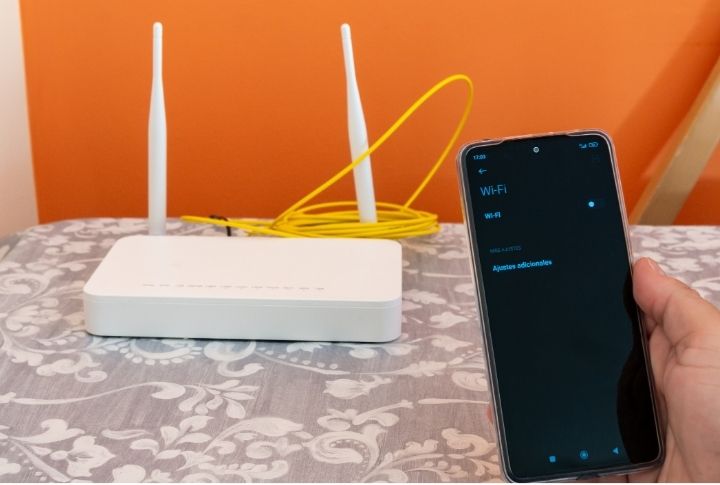
Foil can help manage how your wireless gateway uses its bands, potentially making it more efficient. It’s a clever trick to strengthen how your network handles multiple equipment. Better device management and optimized web usage are particularly beneficial in homes with many connected devices.
Cooling Benefits
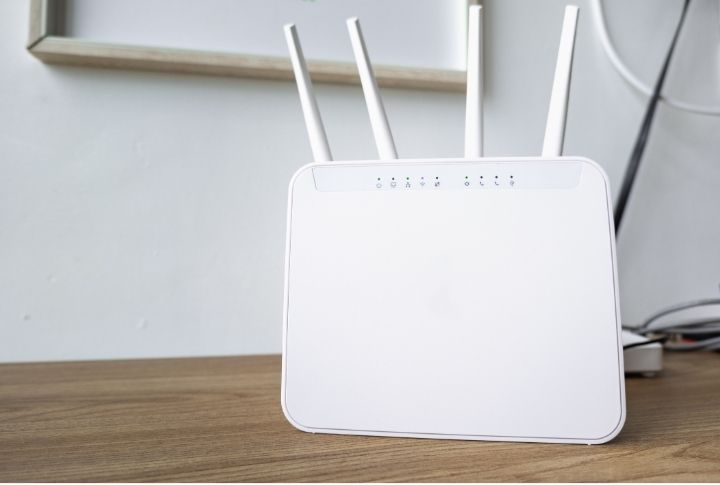
Aluminum foil can be used as a potent passive cooling technique to prevent router overheating. Lower temperatures can help preserve the modem’s electronic components, ensuring better performance and durability.
Extended Reach

The reflective properties of aluminum can help push your Wi-Fi signal farther, meaning improved coverage in larger homes or across multiple floors. Extending your signal reach using this cost-effective method can eliminate the necessity of buying additional extenders or repeaters.
Setting Up Your Foil

First, cut a strip of foil about one foot in length. Shape it into a curve with the reflective side facing inward. Position this makeshift reflector behind your router to direct the signals into your living area. Ensure the foil doesn’t touch the antennas directly to avoid potential interference.
Verifying the Improvement
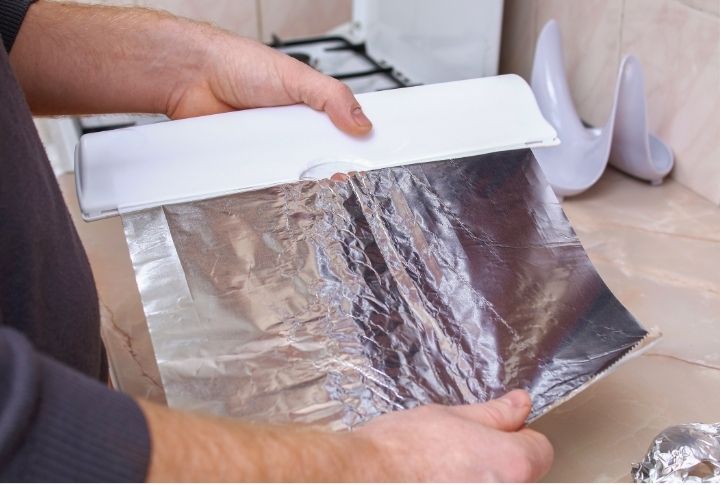
To check the effectiveness of your new setup, measure the bandwidth before and after positioning the foil. Accordingly, monitor the results for alterations in speed and range to assess the impact of your adjustments. Keep a log of the speed test results to track efficiency over time.
Temporary Adjustments
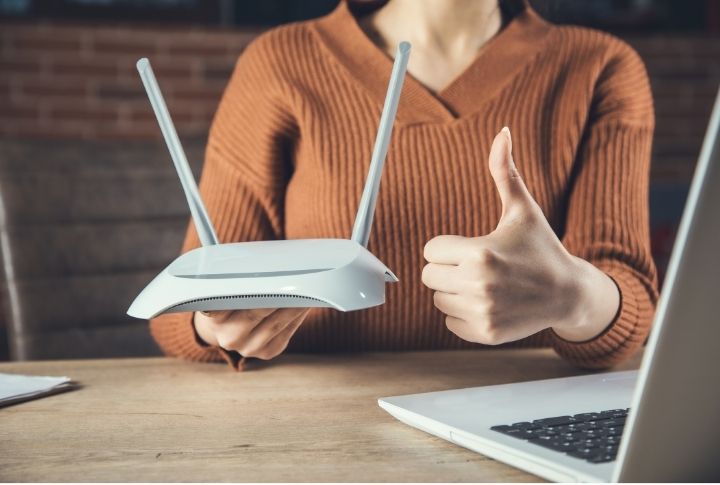
If you’re hesitant about this method, here’s some good news-it’s completely reversible. You can test it and remove the foil if you don’t see the desired improvements. This flexibility is perfect for temporary living situations or those still in the process of finding the best remedy for their Wi-Fi troubles.
Long-Term Considerations

Aluminum foil might degrade or crumple over time, affecting its performance. If longevity is a concern, consider using a durable material, like thicker aluminum or protective coverings. Also, be mindful of any changes in your home environment that might necessitate reevaluating the foil’s placement.
Alternative Enhancements

Similar to the foil, other materials, such as copper sheeting or metalized plastic, can reflect signals. These may offer different degrees of effectiveness based on their conductivity and your specific needs. Being a superior conductor, copper might provide a substantial boost than aluminum. However, it is costlier and heavier, which could limit its practicality for everyday use.
Cautions and Risks

While the metal wrap can amplify Wi-Fi signals, careful handling is essential. Incorrect positioning may lead to increased disturbances in the reception, which can worsen broadband access instead of improving it. Regularly check the foil for signs of corrosion or wear and tear. Replace it as needed to secure adequate function.
